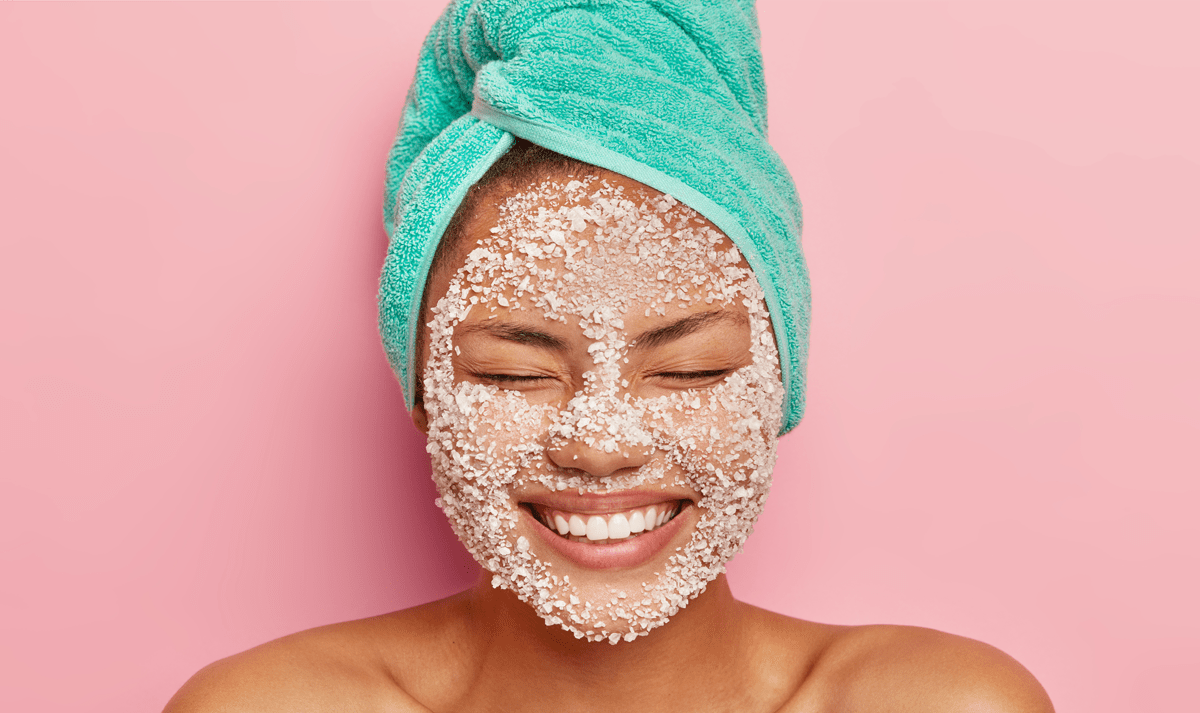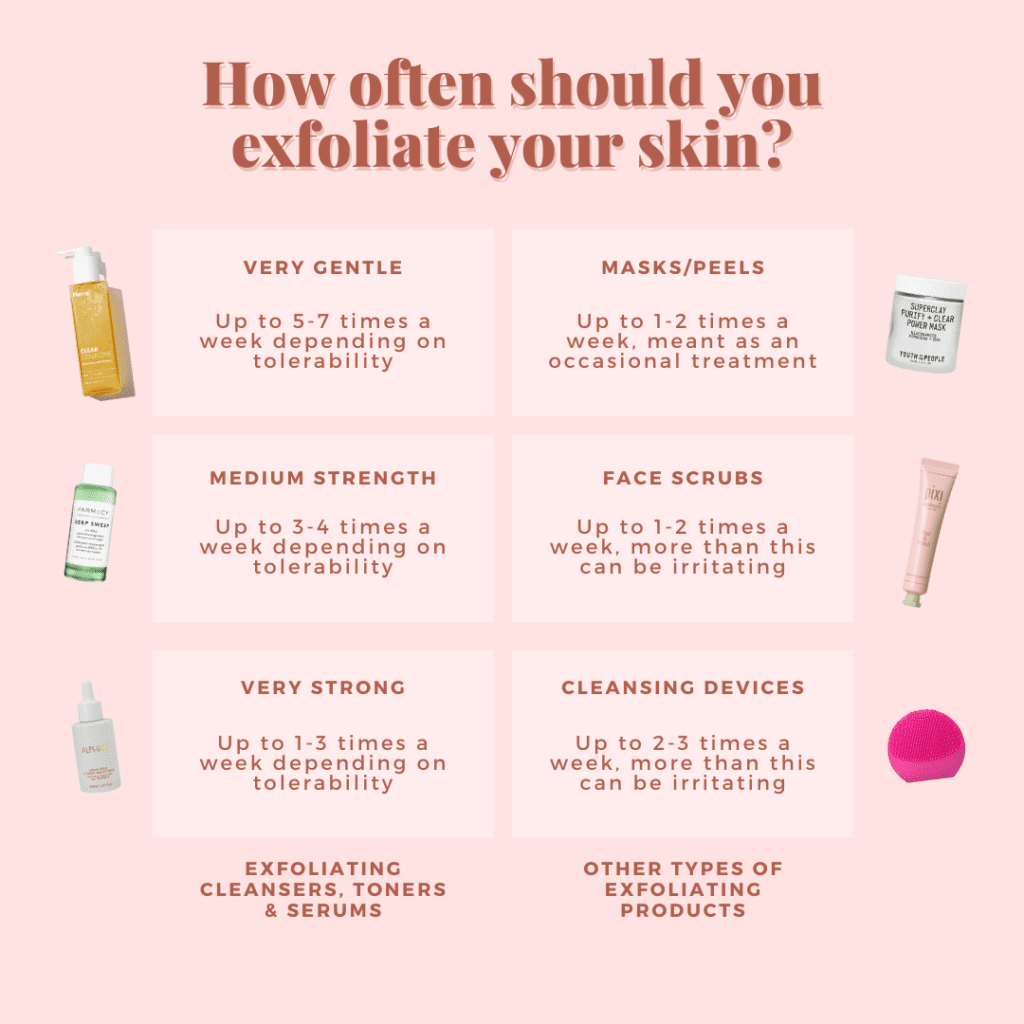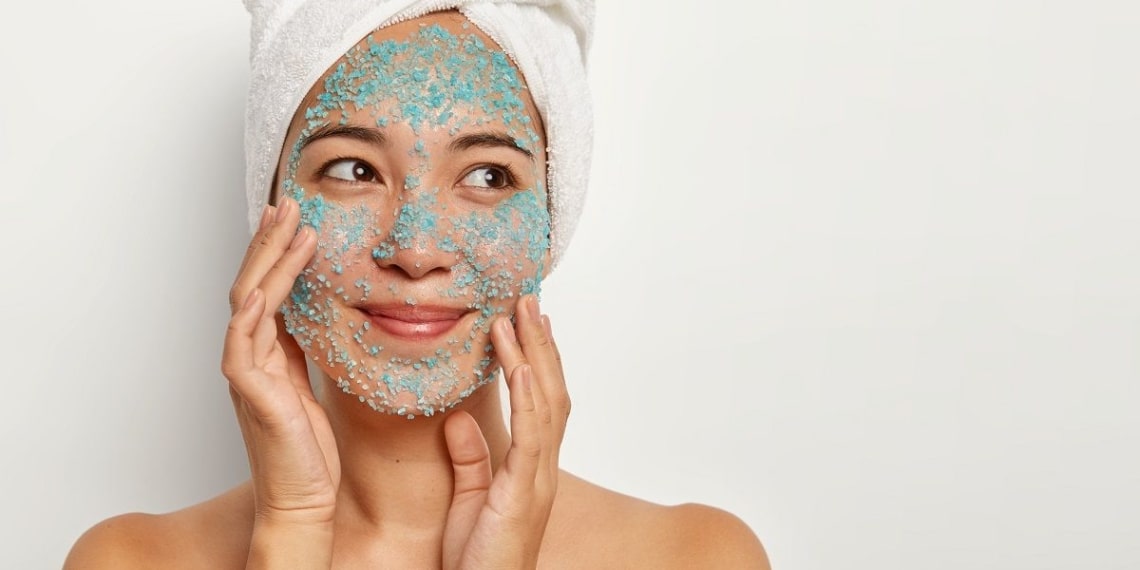
From US site TheAlternativeDaily.com: High quality natural health offers. Great for all demographics, Excellent content on our tools page. 90% comms available for high traffic affs. New product releases regularly.
Transform your skin with our expert exfoliation tips and techniques. lumispareview's comprehensive guide covers everything you need to know about exfoliation, from the benefits to the best methods. Achieve a radiant, glowing complexion with our trusted advice.
Get Rid of Dull, Dead Skin with These Exfoliation Tips and Techniques
I. Introduction Exfoliating
Exfoliating is an essential step in any skincare routine that involves removing dead skin cells from the surface of the skin. This simple yet effective process can improve skin texture, unclog pores, and leave your skin looking brighter and more radiant. In this guide, we'll explain why exfoliating is important for healthy skin and highlight the benefits of removing dead skin cells.
When dead skin cells build up on the surface of the skin, they can clog pores and lead to breakouts. Exfoliating helps to remove these cells, allowing your skin to breathe and preventing pimples and blackheads from forming. It can also improve skin texture by smoothing rough patches and reducing the appearance of fine lines and wrinkles.

introduction-exfoliating
There are two main types of exfoliation: physical and chemical. Physical exfoliation involves using a tool or product to physically scrub away dead skin cells, while chemical exfoliation uses acids or enzymes to dissolve them. Both methods can be effective, but it's important to choose the right one for your skin type and concerns. Physical exfoliants are best for those with oily or acne-prone skin, while chemical exfoliants are better suited for those with sensitive skin.
By incorporating exfoliation into your skincare routine, you can achieve a smoother, clearer complexion and improve your skin's overall health. So, whether you prefer a physical or chemical exfoliant, start incorporating this crucial step into your routine and see the difference it can make for your skin.
Read more: Discover the Benefits of Deep Cleansing: The Ultimate Guide for a Clearer, Healthier Face
II. How to exfoliate
Exfoliating is a crucial step in any skincare routine, but it's important to do it properly to avoid damaging your skin. Here's a step-by-step guide on how to exfoliate effectively:

How-often-should-you-exfoliate-your-skin
- Choose the right exfoliating product for your skin type. Scrubs, acids, and brushes are all effective options, but some may be better suited to your skin than others. If you have sensitive skin, opt for a gentle scrub or a chemical exfoliant with a lower concentration of active ingredients.
- Wet your skin and apply the exfoliant in a circular motion, focusing on areas where dead skin cells tend to accumulate, such as your forehead, nose, and chin.
- Be gentle and avoid scrubbing too hard, as this can damage your skin and cause irritation. A light touch is all you need to remove dead skin cells and unclog pores.
- Rinse your skin thoroughly with lukewarm water to remove any residue.
- Follow up with a moisturizer to hydrate and soothe your skin.
When it comes to how often to exfoliate, it depends on your skin type and concerns. Those with oily or acne-prone skin may benefit from exfoliating once or twice a week, while those with dry or sensitive skin may only need to exfoliate once every two weeks.
If you have sensitive skin, it's important to be extra careful when exfoliating. Stick to gentle scrubs or chemical exfoliants with a lower concentration of active ingredients, and avoid using brushes or other abrasive tools that can irritate your skin. Additionally, if you experience any redness or irritation after exfoliating, skip the next session and give your skin a break.
Over-exfoliation can also be a concern, as it can damage your skin's natural barrier and lead to dryness and sensitivity. To avoid over-exfoliating, stick to the recommended frequency for your skin type and avoid combining exfoliants with other harsh skincare products, such as retinoids or benzoyl peroxide.
By following these tips, you can exfoliate properly and achieve smoother, clearer skin without damaging your skin's natural barrier.
III. Benefits of exfoliating
Exfoliating is a skincare technique that involves removing dead skin cells from the surface of the skin. This process can have numerous benefits for the skin, including reducing acne, brightening skin tone, and boosting collagen production. In this article, we'll discuss these benefits in more detail and provide scientific studies and expert opinions to support these claims.

benefits-of-exfoliating
Reducing Acne
Acne is a common skin condition that affects many people, especially during their teenage years. Exfoliating can help reduce acne by removing dead skin cells that can clog pores and lead to breakouts. A study published in the Journal of the American Academy of Dermatology found that exfoliating with a 2% salicylic acid solution reduced acne lesions by 50% after just 30 days. Another study published in the Journal of Cosmetic Dermatology found that exfoliating with a 5% glycolic acid solution reduced acne severity by 60% after 12 weeks.
Brightening Skin Tone
Exfoliating can also help brighten the skin tone by removing dead skin cells that can make the skin look dull and uneven. A study published in the Journal of Dermatological Science found that exfoliating with a 10% glycolic acid solution improved skin brightness by 25% after just one week. Another study published in the Journal of Investigative Dermatology found that exfoliating with a physical scrub improved skin radiance and clarity.
Boosting Collagen Production
Collagen is a protein that gives skin its elasticity and firmness. As we age, collagen production decreases, which can lead to sagging skin and wrinkles. Exfoliating can help boost collagen production by stimulating cell turnover and promoting the growth of new collagen fibers. A study published in the Journal of Drugs in Dermatology found that exfoliating with a microdermabrasion device increased collagen production by 23% after just one treatment. Another study published in the Journal of Cosmetic Dermatology found that exfoliating with a 5% lactic acid solution increased collagen production and improved skin texture.
In conclusion, exfoliating can have numerous benefits for the skin, including reducing acne, brightening skin tone, and boosting collagen production.
IV. Risks and precautions

Risks And Precautions
Exfoliating is a popular skincare practice that involves removing dead skin cells from the surface of the skin to improve skin texture and unclog pores. However, exfoliating can come with potential risks, especially if done improperly. In this article, we'll explore the potential risks of exfoliating and provide tips on how to avoid them, as well as common mistakes to avoid and contraindications for exfoliating.
The Risks of Exfoliating
Exfoliating can cause irritation, redness, and even breakouts if not done correctly. Using harsh exfoliants or scrubbing too hard can damage the skin's protective barrier, leading to inflammation and sensitivity. Moreover, over-exfoliating can strip the skin of its natural oils, making it dry and dehydrated.
Another potential risk of exfoliating is increased sun sensitivity. When you remove the top layer of dead skin cells, the new skin underneath is more susceptible to damage from UV rays. This can result in sunburn, hyperpigmentation, and premature aging.
Precautions to Take When Exfoliating
To avoid these potential risks, here are some precautions to take when exfoliating:
- Choose the Right Exfoliant: Not all exfoliants are created equal. Chemical exfoliants, such as alpha-hydroxy acids (AHAs) and beta-hydroxy acids (BHAs), are gentler and less likely to cause irritation than physical exfoliants, such as scrubs or brushes. Choose an exfoliant that suits your skin type and concerns.
- Don't Overdo It: Exfoliating once or twice a week is enough for most people. If you have sensitive skin or are new to exfoliating, start with a lower frequency and gradually increase it as your skin tolerates.
- Be Gentle: Don't scrub too hard or use harsh exfoliants, as this can damage the skin. Instead, use light pressure and circular motions to buff away dead skin cells.
- Moisturize: After exfoliating, be sure to moisturize your skin to prevent dryness and irritation. Look for a moisturizer that contains hydrating ingredients, such as hyaluronic acid or ceramides.

how-to-exfoliate
Contraindication for Exfoliating
While exfoliating can be beneficial for most people, there are some contraindications to keep in mind. If you have any of the following conditions, you should avoid exfoliating or consult with your dermatologist before doing so:
- Active Acne: Exfoliating can exacerbate acne by spreading bacteria and causing inflammation.
- Eczema or Psoriasis: Exfoliating can irritate already inflamed skin, worsening the condition.
- Rosacea: Exfoliating can aggravate the redness and sensitivity associated with rosacea.
- Recent Sunburn or Injury: Exfoliating can further damage already compromised skin, delaying the healing process.
In conclusion, exfoliating can be an effective way to improve skin texture and unclog pores. However, it's important to take precautions and avoid potential risks to ensure that you're exfoliating safely. Choose the right exfoliant, don't overdo it, be gentle, and moisturize. And if you have any contraindications, consult with your dermatologist before exfoliating. By following these tips, you can achieve glowing, healthy-looking skin.
V. Conclusion
Exfoliating is a vital part of any skincare routine. By removing dead skin cells, unclogging pores, and improving skin texture, exfoliating can help give you a brighter, healthier-looking complexion. However, it's essential to take precautions to avoid any potential risks associated with exfoliating.
In conclusion, exfoliating is a safe and effective way to improve the appearance of your skin. By following the tips and precautions outlined in this article, you can exfoliate safely and effectively. Remember to always moisturize and use sunscreen after exfoliating, and consult with a dermatologist if you have any concerns or skin conditions. Thank you for reading, and happy exfoliating!
References:
- "The Benefits and Risks of Exfoliating," by American Academy of Dermatology Association (https://www.aad.org/)
- "Exfoliation: What You Need to Know," by Healthline (https://www.healthline.com/)






